
  |
 |

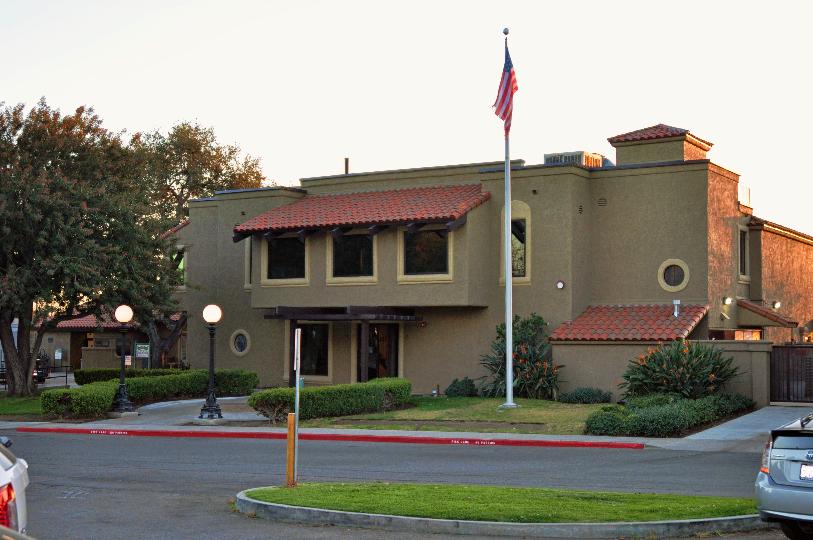

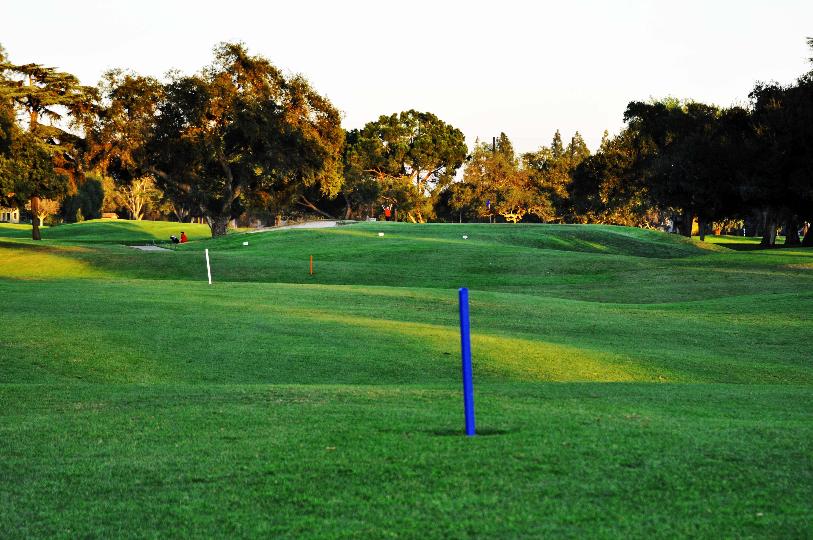

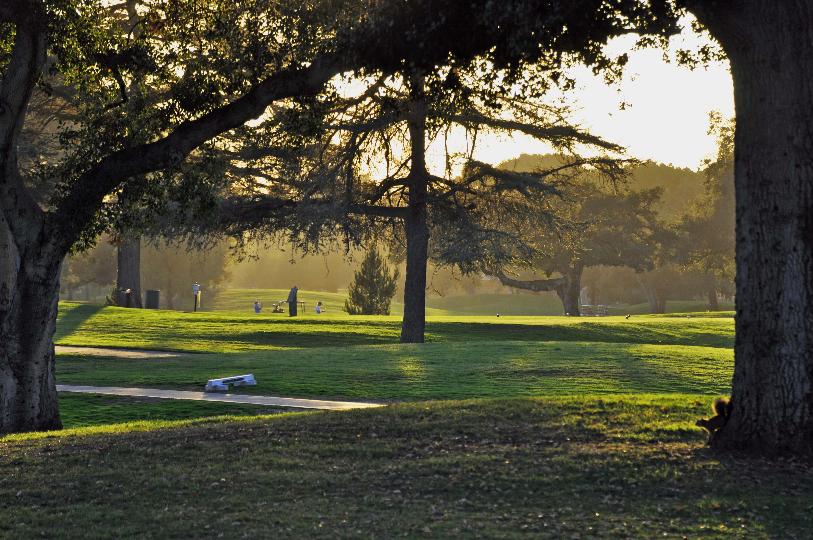
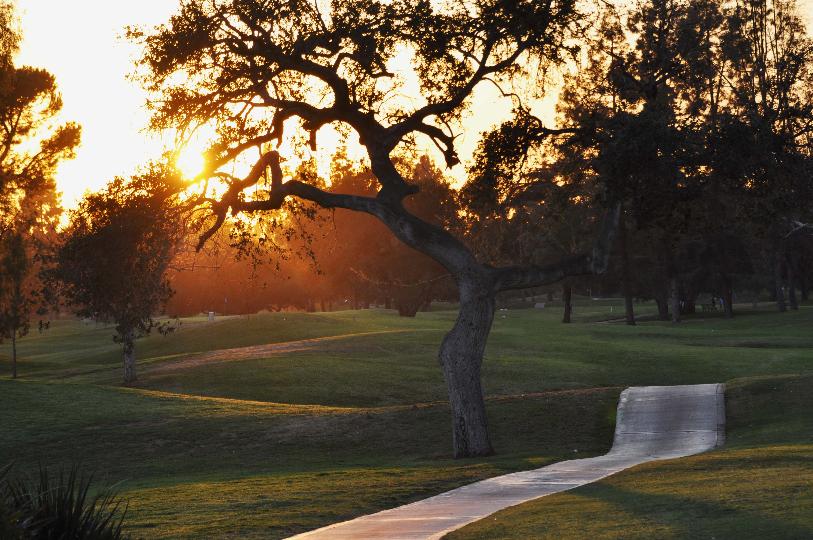
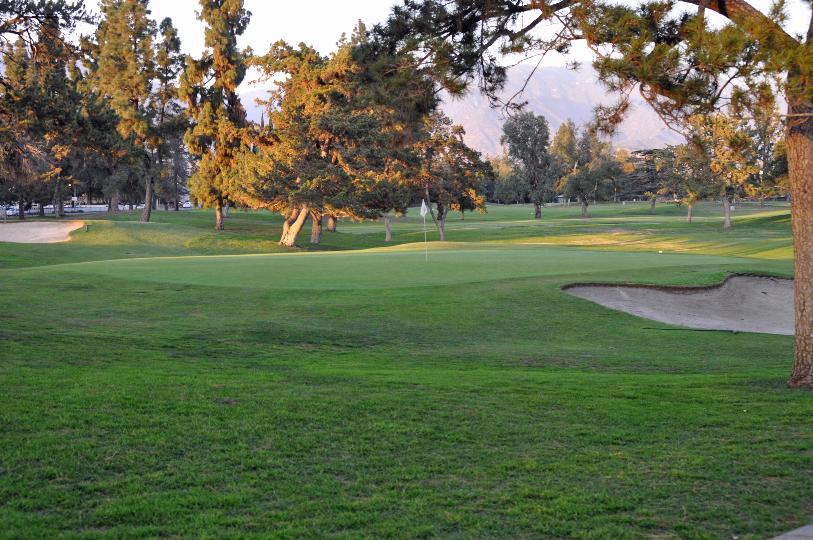
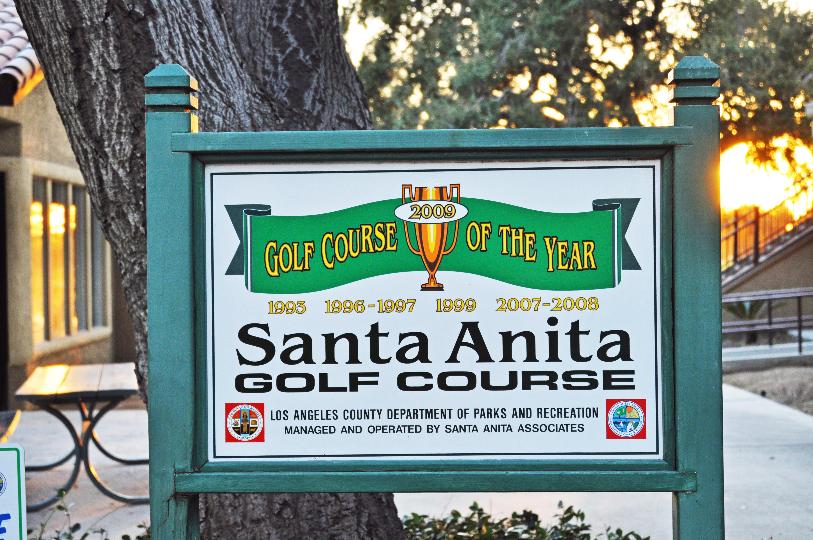
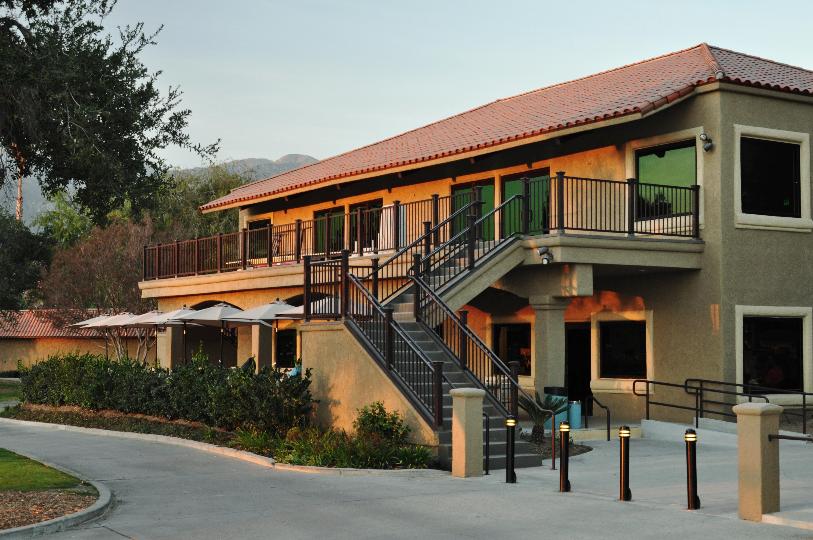
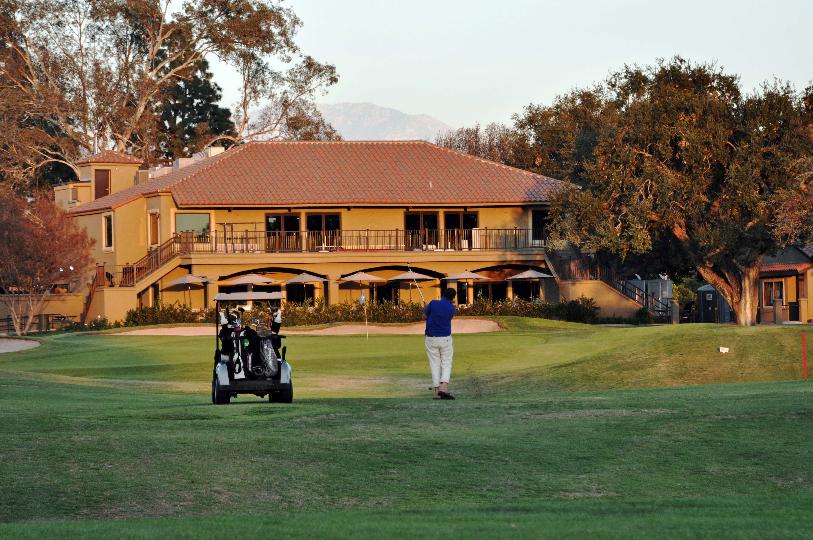
| History of Santa Anita
last updated: 04/16/17 | Total Club Page Views:636,754 | ||||||||||||||||||||||||||||||||||||||||||||||
|
At the turn of the century, horse racing was an activity here on Baldwin's famed track. The clubhouse turn was right where No. 16 is now and when you're on the hill on the backside of No. 14, that's the turn where the bang-tails headed for home. During World War I, Ross Field mushroomed up to house a balloon school. A sand green golf course suddenly appeared and when the Army moved away, Arcadia citizens took it over and operated it as a highly successful club. Then Anita Baldwin donated it to the County of Los Angeles for park purposes. The Government moved in under the Public Works Act and in 1933 started work on what you see now. It was opened October 12, 1938. Nine holes were opened in April, the complete 18 on October 12,1938. In 1938 Southern California saw the birth of the Santa Anita 0pen - held each year until 1955, in the middle of October, to celebrate the opening of the Golf Course and to start the official Winter Golf Tournament season in Southern California. Prize money that first year was $1,000. Frank Moninger personally underwrote the first two tournaments. The Santa Anita Golf Club with the help of a few individual golfers underwrote the next few events. The County donated the Golf Course for the Santa Anita Open. The Course Record established in the days of "The Open" is 62 - held by Ellsworth Vines. Lloyd Mangrum won the first and second Opens with 274 and 278. Par at that time was 70. Originally every hole at Santa Anita was named in the old Scottish golf tradition. These names are printed on the scorecard. Since they are part of the history of our Course - let's preserve them even though some of the names are no longer applicable. The idea of naming the holes to capture as much "auld country" golf tradition here at Santa Anita and the research which went into designing the holes was the work of James Harrison Smith, County Surveyors Department of Los Angeles County. |
 The 185 acres upon which the Golf Course was built has always been devoted to recreation in some form or another. The original architect was James Harrison Smith. Originally part of the "Lucky" Baldwin Ranch, Santa Anita's history dates back to the days when its broad oaks sheltered places where Indians camped. Across its broad acres traveled Mission Fathers from San Gabriel on their way up Little Santa Anita Canyon for lumber needed to build the Mission.
The 185 acres upon which the Golf Course was built has always been devoted to recreation in some form or another. The original architect was James Harrison Smith. Originally part of the "Lucky" Baldwin Ranch, Santa Anita's history dates back to the days when its broad oaks sheltered places where Indians camped. Across its broad acres traveled Mission Fathers from San Gabriel on their way up Little Santa Anita Canyon for lumber needed to build the Mission.